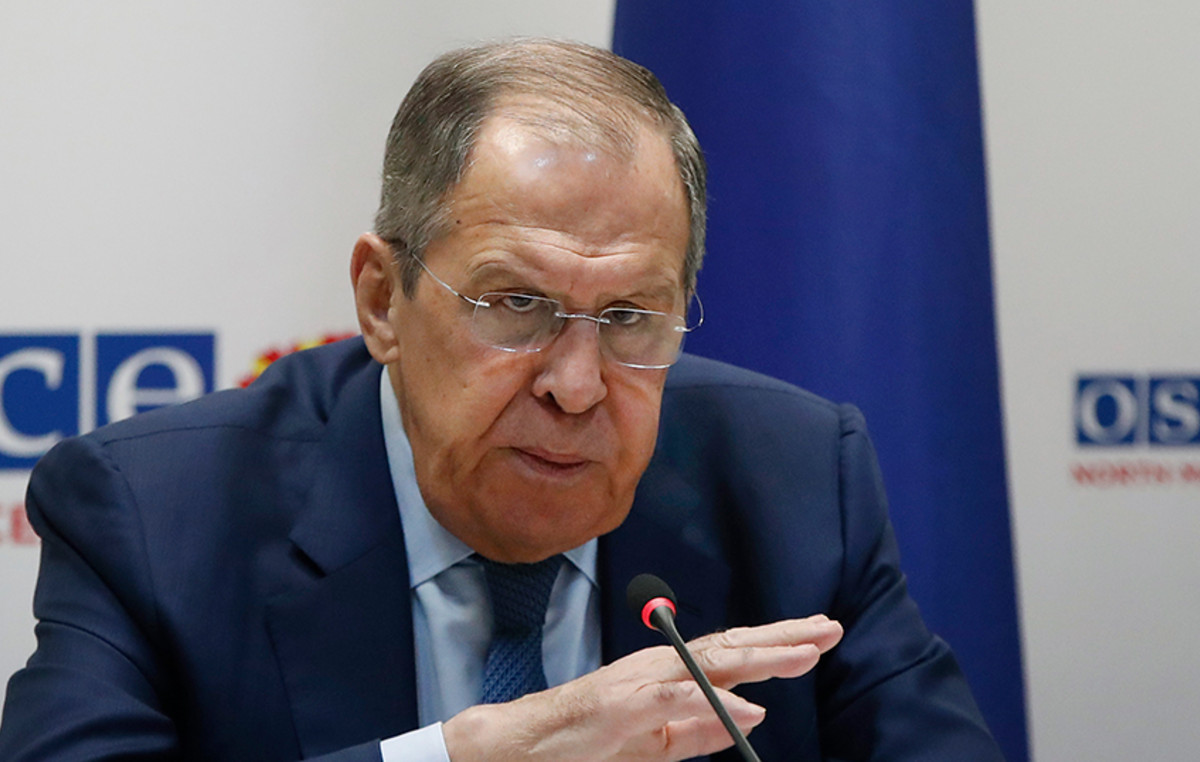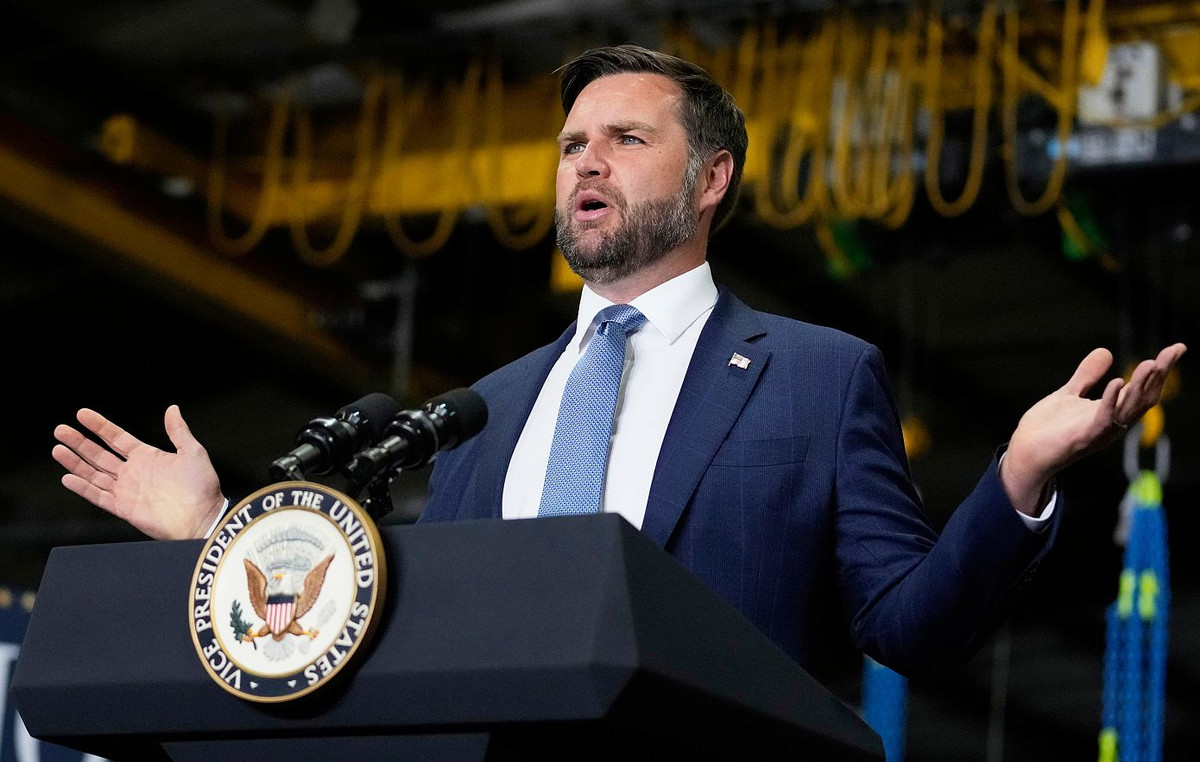- The sterling pound falls to about 1,3330 against the US dollar before the Fed monetary policy announcement.
- The Fed is expected to maintain stable interest rates, while the BOE is prepared to reduce them on Thursday.
- Commercial conversations between the US and China will be the key trigger for the global market.
The sterling pound (GBP) takes a pause on Wednesday after a strong upward movement the previous day. The British currency is generally firm in front of its peers, since the United Kingdom (United Kingdom) and the US are close to signing a bilateral commercial agreement.
A Financial Times report (FT) showed on Tuesday that both countries are close to a commercial agreement in which the US will reduce tariffs on steel and cars from the United Kingdom. In return, the United Kingdom would reduce tariffs on cars and agricultural products from the US and make changes in the digital services tax.
In the face of the future, the main trigger for the British currency will be the monetary policy decision of the Bank of England (BOE), which will be announced on Thursday. The BOE is expected to reduce interest rates at 25 basic points (PB) up to 4.25%. This would be the fourth reduction of interest rates by the BOE in the current cycle of monetary relaxation, which began in August last year.
Investors will pay special attention to the orientation of the BOE on monetary policy and economic perspectives. Market experts believe that the BOE could guide towards a perspective of relaxation of aggressive policy following the commercial war between the US and China. Investors fear that China goes to other economies to sell their products. Given the competitive cost under China, the competitiveness of the products of other nations would decrease if Beijing introduces more products in the global market.
LIBRA ESTERLINA PRICE THIS WEEK
The lower table shows the percentage of sterling pound (GBP) compared to the main currencies this week. Libra sterling was the strongest currency against the US dollar.
| USD | EUR | GBP | JPY | CAD | Aud | NZD | CHF | |
|---|---|---|---|---|---|---|---|---|
| USD | -0.25% | -0.65% | -0.95% | -0.03% | -0.27% | -0.64% | -0.25% | |
| EUR | 0.25% | -0.12% | -0.41% | 0.49% | 0.25% | -0.12% | 0.27% | |
| GBP | 0.65% | 0.12% | -0.54% | 0.59% | 0.36% | 0.00% | 0.40% | |
| JPY | 0.95% | 0.41% | 0.54% | 0.92% | 0.69% | 0.40% | 0.82% | |
| CAD | 0.03% | -0.49% | -0.59% | -0.92% | -0.53% | -0.60% | -0.21% | |
| Aud | 0.27% | -0.25% | -0.36% | -0.69% | 0.53% | -0.37% | 0.03% | |
| NZD | 0.64% | 0.12% | -0.00% | -0.40% | 0.60% | 0.37% | 0.39% | |
| CHF | 0.25% | -0.27% | -0.40% | -0.82% | 0.21% | -0.03% | -0.39% |
The heat map shows the percentage changes of the main currencies. The base currency is selected from the left column, while the contribution currency is selected in the upper row. For example, if you choose the sterling pound from the left column and move along the horizontal line to the US dollar, the percentage change shown in the box will represent the GBP (base)/USD (quotation).
What moves the market today: the sterling pound will be influenced by the BOE policy meeting
- The sterling pound falls slightly to about 1,3330 in front of the US dollar (USD) during European negotiation hours on Wednesday. He GBP/USD faces pressure as the USD rises slightly before the monetary policy announcement of the Federal Reserve (Fed) at 18:00 GMT, in which the Central Bank is almost certain that it will keep the interest rates stable in the current range of 4.25-4.50%.
- This would be the third consecutive policy meeting in which the Fed will leave the interest rates of stable loans in the midst of uncertainty about how the new economic policies of the US President (USA) Donald Trump will shape the economy. A series of Fed officials, including President Jerome Powell, have indicated that “waiting and seeing” is an optimal approach until they obtain clarity about how much new policies in inflation and economic perspectives will influence.
- Consumer inflation expectations in the US have increased, since local businesses have clarified that they will transfer the impact of high tariffs on consumers, a convincing factor for the FED to demand more time before making adjustments in monetary policy. In addition, the constant growth of employment after Trump’s tariff policies is another limiting factor for Fed to act prematurely reducing interest rates.
- Meanwhile, the US and China have agreed to maintain commercial discussions this week. The secretary of the US Treasury Scott Besent and Commerce Representative Jamieson Greer confirmed Tuesday night that they will meet with their Chinese counterparts for commercial discussions this week in Geneva. This will be the first confirmed meeting between the two greatest powers in the world since the imposition of reciprocal tariffs and customs rights announced by the US and China, respectively.
- Earlier this week, the Secretary Besent of the USA said that Washington will have commercial conversations with Beijing sooner, since these tariff rates are not sustainable. A positive result of commercial conversations between the US and China will be favorable for risk assets worldwide.
Technical Analysis: The sterling pound remains above 1,3300

The sterling pound corrects 0.3% to about 1,3330 against the US dollar at the time of writing, but still maintains the key level of 1,3300. The perspective General remains bullish since all exponential mobile socks (EMA) long -term are upset.
The 14 -day relative force (RSI) index strives to exceed 60.00. A new bullish impulse would be triggered if the RSI manages to do it.
On the positive side, the maximum of three years of 1,3445 will be a key obstacle to the torque. Looking down, the maximum of April 3 around 1,3200 will act as an important support area.
Economic indicator
Fed interest rates decision
The Federal Reserve (Fed) Delibera on monetary policy and makes a decision on interest rates in eight preprogrammed meetings per year. It has two mandates: maintain inflation in 2% and maintain full employment. Its main tool to achieve this is to establish interest rates, both to those that it lends to banks and to those that banks lend each other. If you decide to raise the fees, the US dollar (USD) tends to strengthen since it attracts more foreign capital tickets. If the rates lower, it tends to weaken the USD since capital is drained towards countries that offer greater returns. If the rates remain unchanged, the attention focuses on the tone of the Federal Open Market Committee (FOMC), and if it is a hard line (expectancy of higher interest rates in the future) or moderate (expectation of lower rates in the future).
Read more.
Next publication:
MIÉ MAY 07, 2025 18:00
Frequency:
Irregular
Dear:
4.5%
Previous:
4.5%
Fountain:
Federal Reserve
Source: Fx Street
I am Joshua Winder, a senior-level journalist and editor at World Stock Market. I specialize in covering news related to the stock market and economic trends. With more than 8 years of experience in this field, I have become an expert in financial reporting.







